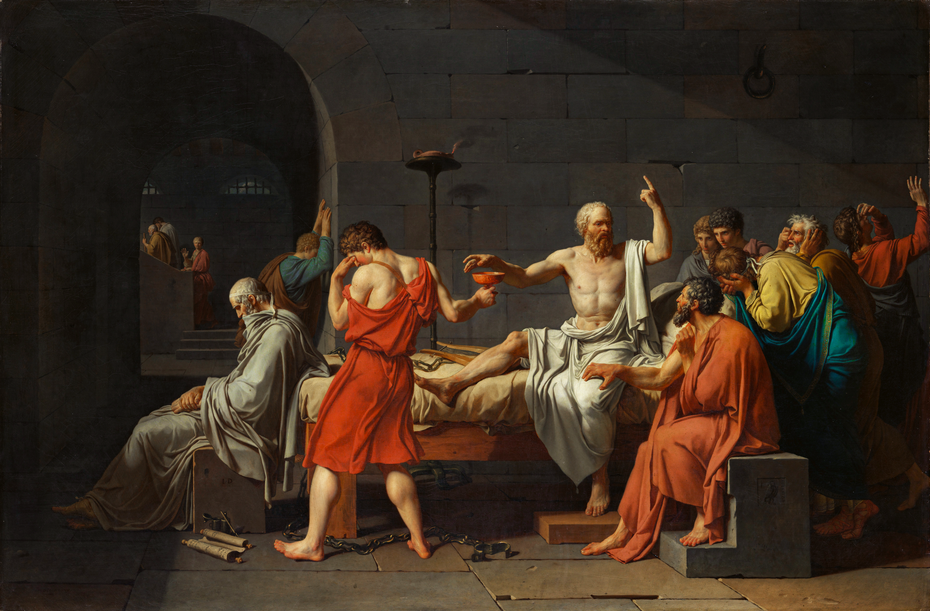
Tags
Loading...
Select from existing tags
The Death of Socrates 1787
Daniel Lehewych's description of the painting:
[br]
"The painting explicitly illustrates the scene in Plato’s Phaedo, following the Apology of Socrates, whereby he was sentenced to death by hemlock. It is an oil painting on canvas, which if one views in person, will notice the striking detail of the feet of the ancient Athenians, which are veiny, dirty and red, presumably...
- Credit:
- This image may be subject to copyright.
More from this artist...
Loading...
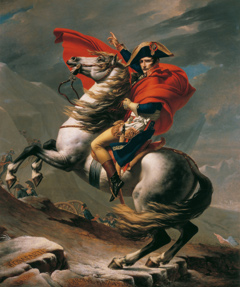
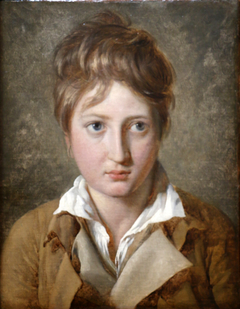
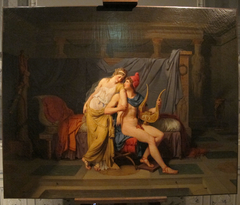
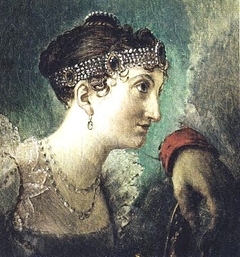
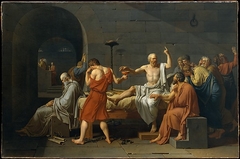
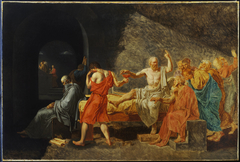
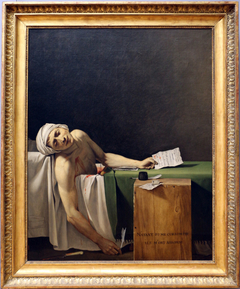
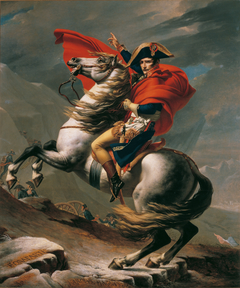
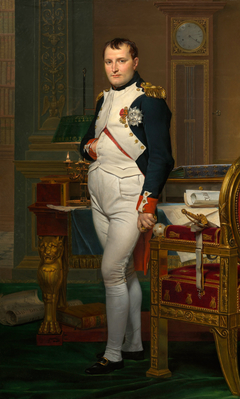
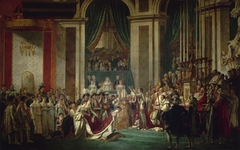
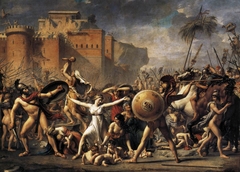

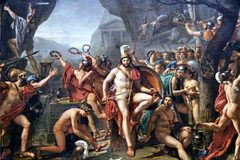
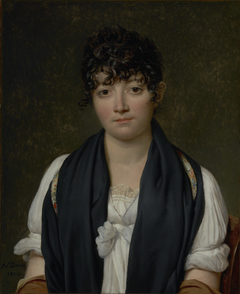
Discussion